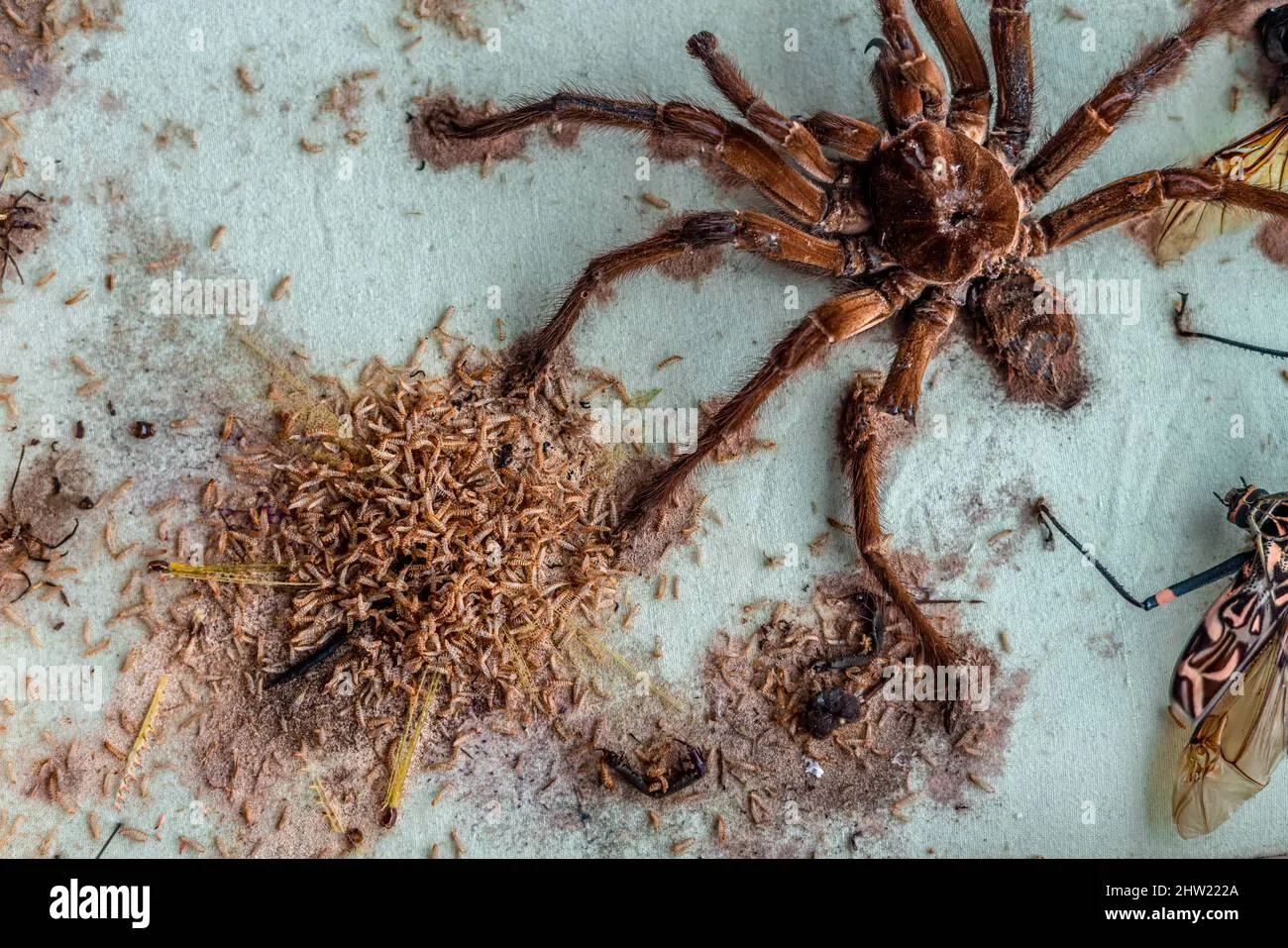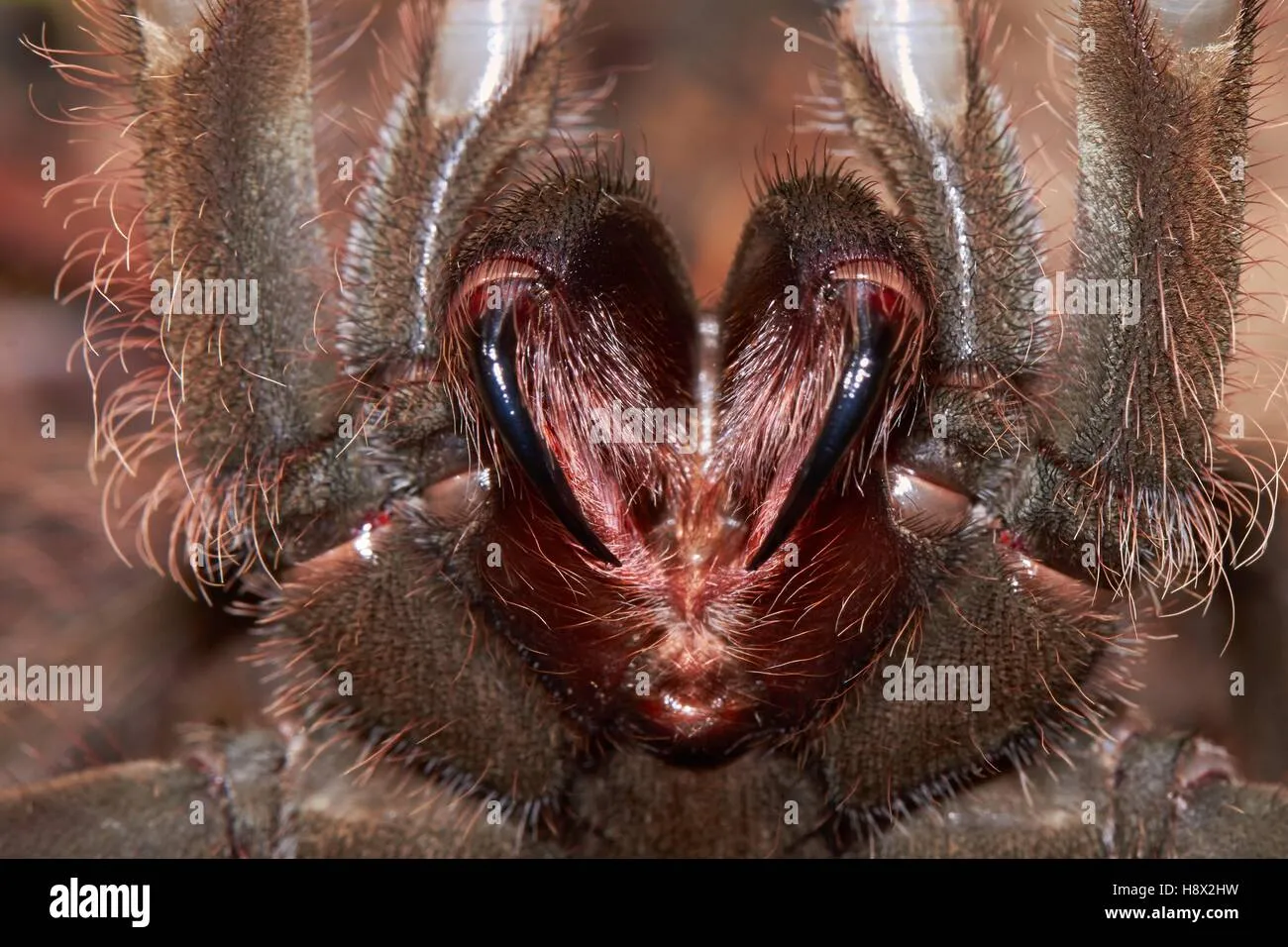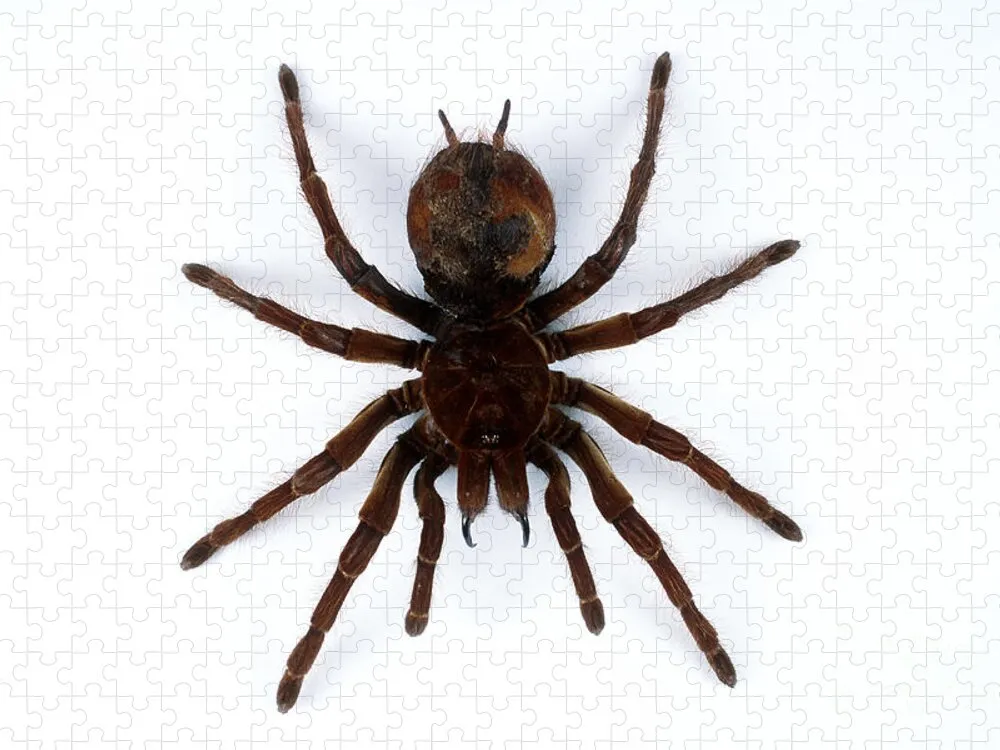What is the Goliath Bird Eating Tarantula?
The Goliath Bird Eating Tarantula, scientifically known as Theraphosa blondi, is one of the largest spider species in the world. Native to the rainforests of northern South America, this impressive arachnid is renowned for its massive size and striking appearance. Despite its name, the Goliath Bird Eating Tarantula rarely consumes birds; its diet primarily consists of insects, other invertebrates, and occasionally small vertebrates. This species is a fascinating example of the diversity and complexity of the animal kingdom, showcasing unique adaptations that allow it to thrive in its natural habitat. The Goliath Bird Eating Tarantula’s sheer size alone makes it a subject of both fascination and, for some, apprehension.
Appearance and Size of Goliath Bird Eating Tarantula
One of the most remarkable aspects of the Goliath Bird Eating Tarantula is its sheer size. With a leg span that can reach up to 12 inches (30 cm), this spider is truly imposing. The body length alone can extend up to 4 inches (10 cm). Their bodies are covered in dense, reddish-brown hairs that provide sensory information and aid in defense. They possess large chelicerae (fangs) capable of delivering a bite, although their venom is not considered lethal to humans. The Goliath Bird Eating Tarantula’s appearance, combined with its impressive size, makes it an unforgettable sight, representing one of the most formidable creatures found in its ecosystem. Understanding their physical attributes is crucial for anyone interested in these incredible arachnids.
The Goliath Bird Eating Tarantula Hissing Mechanism

The hissing sound produced by the Goliath Bird Eating Tarantula is a remarkable defensive mechanism. Unlike many other spider species, which rely on camouflage or venom, the Goliath Tarantula has developed this unique auditory deterrent. The hissing sound is not produced vocally; instead, it’s created by stridulation, the process of rubbing together body parts. Specifically, the spider rubs its legs together, which are covered in specialized bristles, to produce a loud, hissing noise. This mechanism is incredibly effective at startling potential predators and signaling a warning, acting as a clear indication of the spider’s readiness to defend itself if provoked. The intricate structure of their legs and the precise movements involved demonstrate the evolutionary adaptation of this species.
Why Do Goliath Bird Eating Tarantulas Hiss?
Goliath Bird Eating Tarantulas hiss primarily as a defensive tactic. The primary purpose of the hissing sound is to deter potential threats, such as larger predators or other animals that might view the tarantula as a meal. It is a clear warning signal, indicating that the spider is feeling threatened and prepared to defend itself. The hissing can be a warning for the predator to back off to prevent a confrontation. The sound serves as a clear sign to the predator of the spider’s readiness to defend itself. The evolutionary adaptation of the hissing mechanism provides a significant advantage in the tarantula’s survival by deterring predation. The effectiveness of the hissing depends on the context and the specific predator involved.
The Sound of the Goliath Bird Eating Tarantula Hissing
The hissing sound of a Goliath Bird Eating Tarantula is surprisingly loud and distinct. Described as a sharp, rasping sound, it can be quite startling, especially at close range. The exact characteristics of the sound can vary slightly depending on the individual spider and the specific circumstances, but it generally maintains a consistent quality. The volume is sufficient to be heard at a distance, making it a very effective deterrent. The hissing sound provides immediate feedback to the predator, reinforcing the tarantula’s message of warning and self-defense. The specific quality of the sound is an essential part of the tarantula’s defensive mechanism.
Where Can You Hear a Goliath Bird Eating Tarantula Hissing?

The hissing of a Goliath Bird Eating Tarantula can be heard in various situations. Naturally, this sound can be heard in their native rainforest habitat, particularly when the spider feels threatened or disturbed. This could be during interactions with other animals or humans. In the context of captive environments, such as zoos or private collections, hissing can be heard if the tarantula perceives a threat, such as when a handler approaches or attempts to interact with it. It is less common in well-established, undisturbed environments, but can be triggered by any sudden change in the spider’s environment. The hissing sound is a clear indicator of the spider’s emotional state, reflecting its feelings of stress or alarm.
Goliath Bird Eating Tarantula Hissing Benefits
The hissing ability provides several important benefits for the Goliath Bird Eating Tarantula. First and foremost, it serves as a highly effective defense mechanism. By producing a loud, attention-grabbing sound, the spider can deter potential predators, giving them time to escape or prepare for a defensive posture. The hissing can also startle predators, giving the tarantula an advantage. Moreover, the sound might provide an additional layer of safety, warning other animals within its surroundings about its presence, reducing the likelihood of accidental confrontations. The evolution of this defense has improved the survival rate of this species by deterring attacks.
Goliath Bird Eating Tarantula Hissing vs Other Sounds
Compared to other sounds associated with spiders and other creatures, the hissing sound of the Goliath Bird Eating Tarantula is quite unique. Many spiders make other sounds, such as stridulation, that might sound similar. The Goliath Tarantula hissing is a much more distinct and pronounced sound. Other insects or animals might produce sounds, but those are usually the result of different mechanisms. The clear and loud quality of its hissing sound helps it to stand out against the background noise in its natural environment. This distinct sound helps the Goliath Bird Eating Tarantula to create a clear signal for potential predators, increasing its chances of survival. The hissing is a remarkable trait and a vital component of its defense system.
